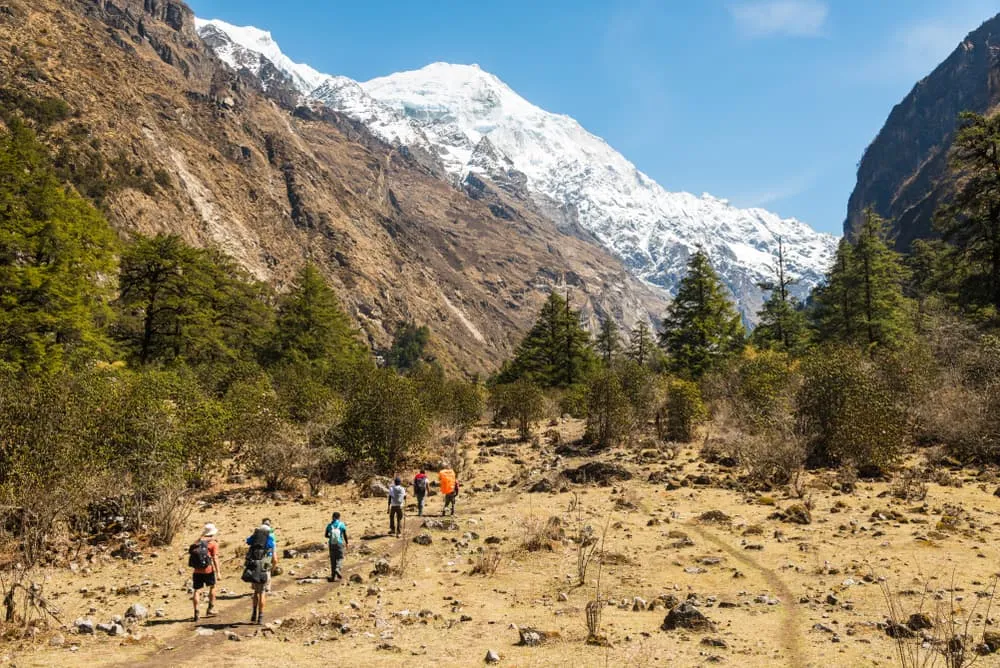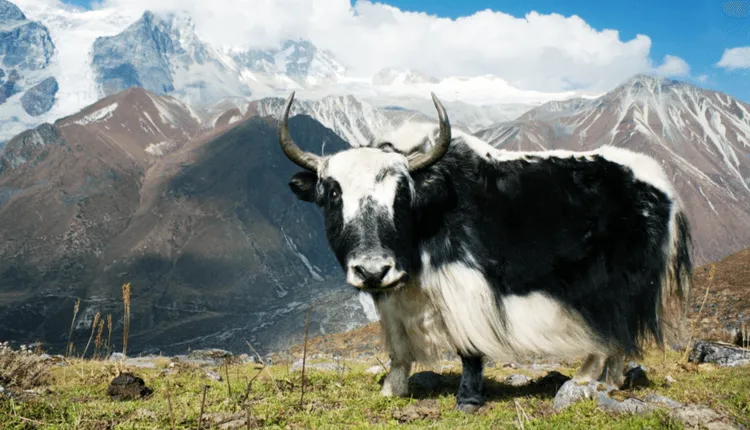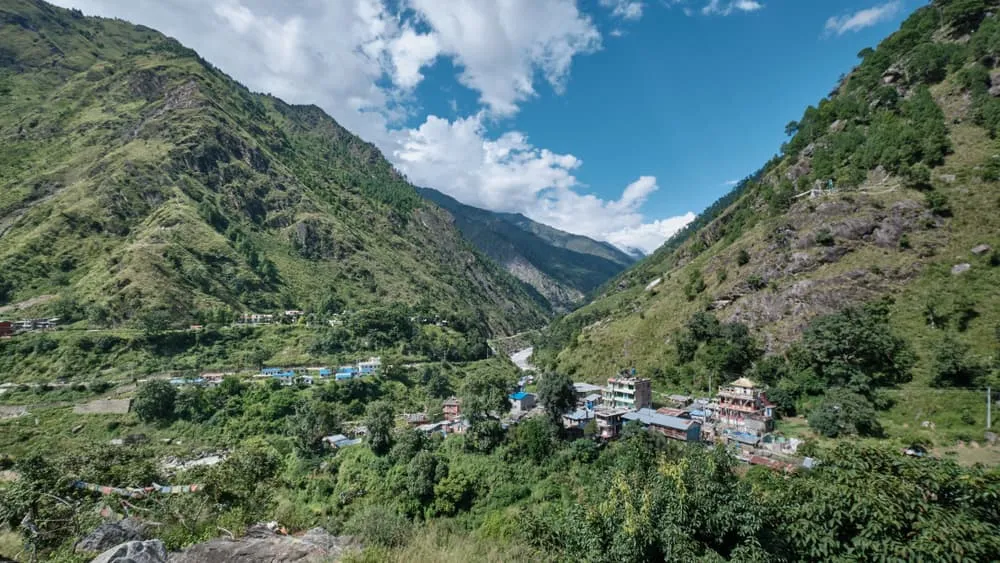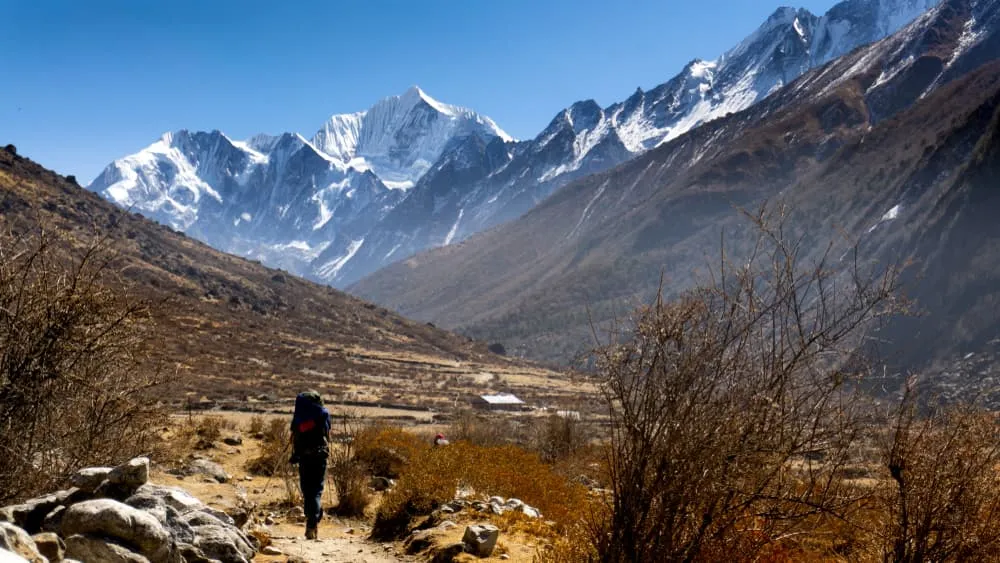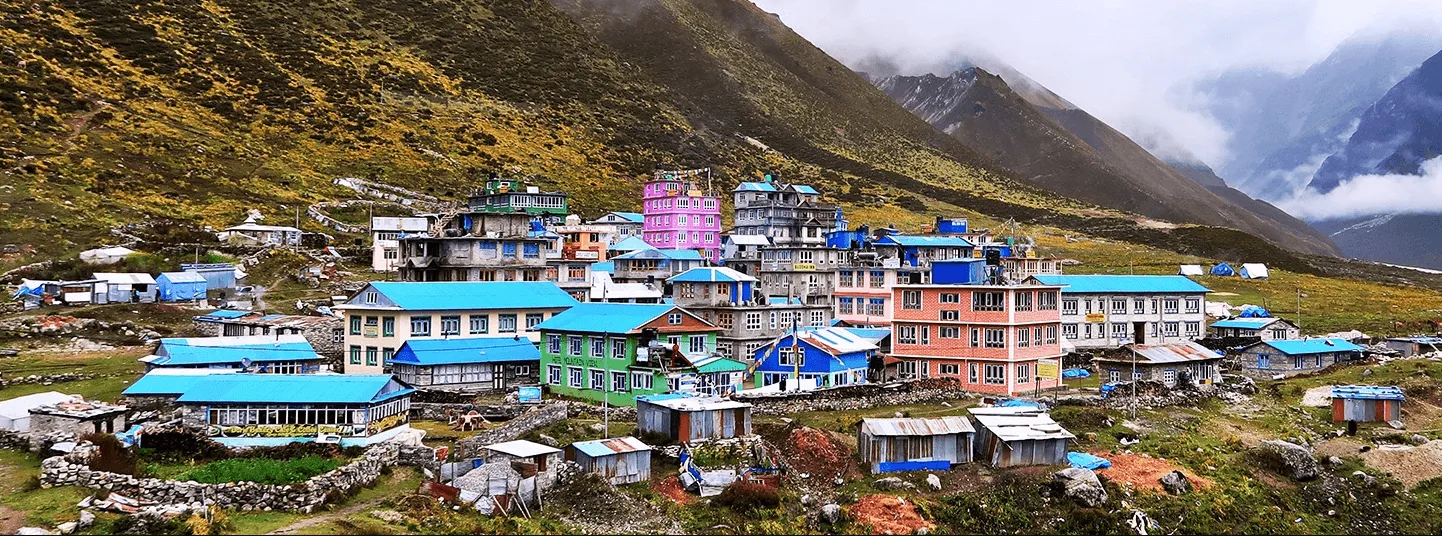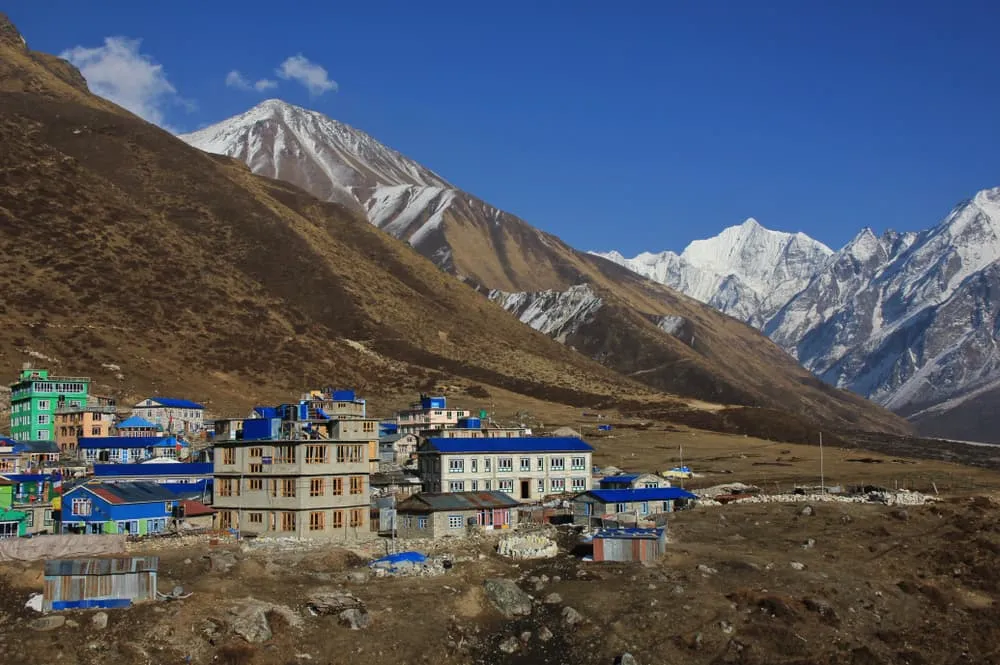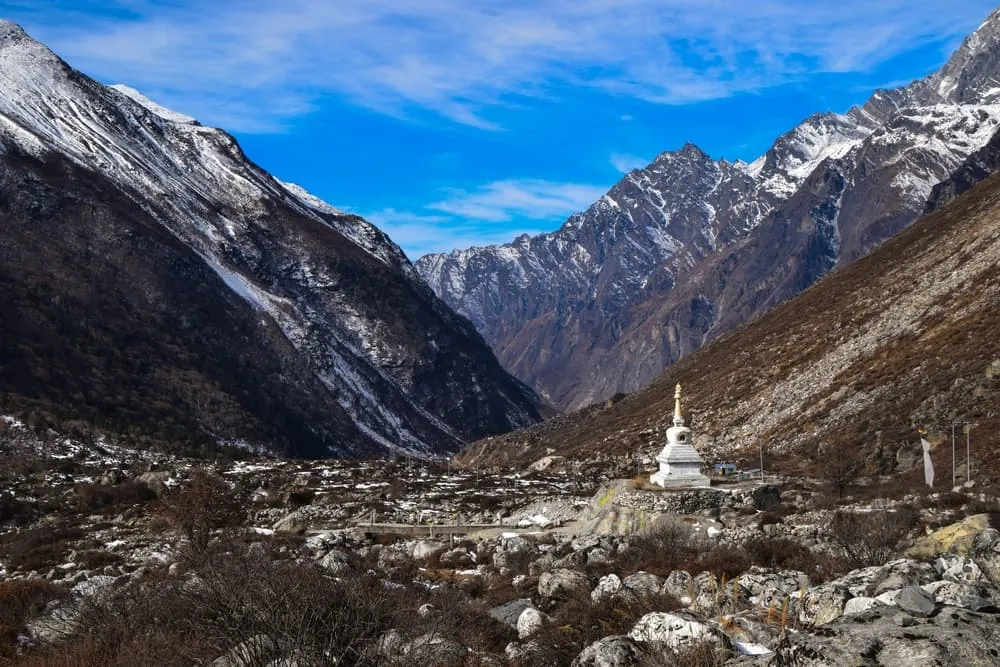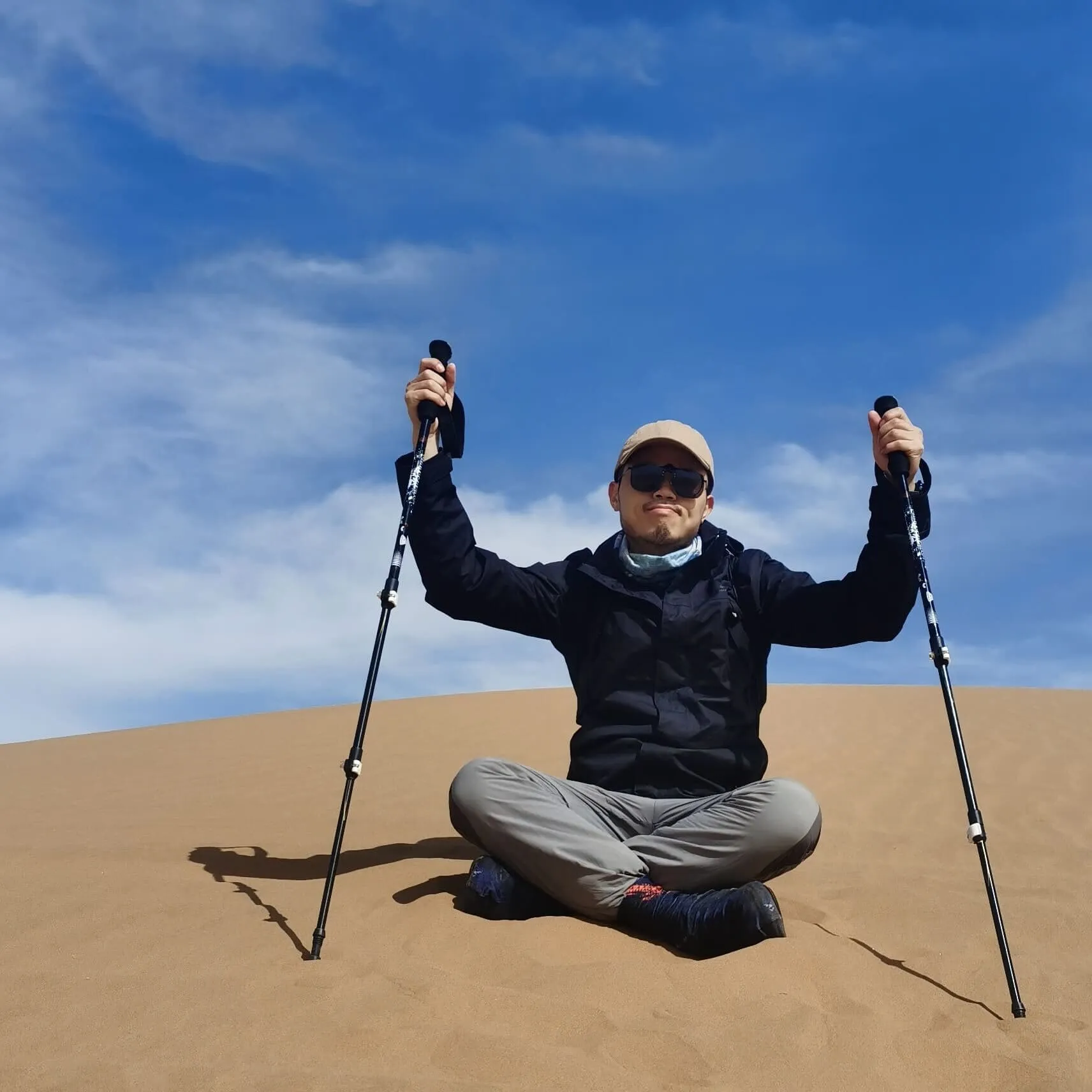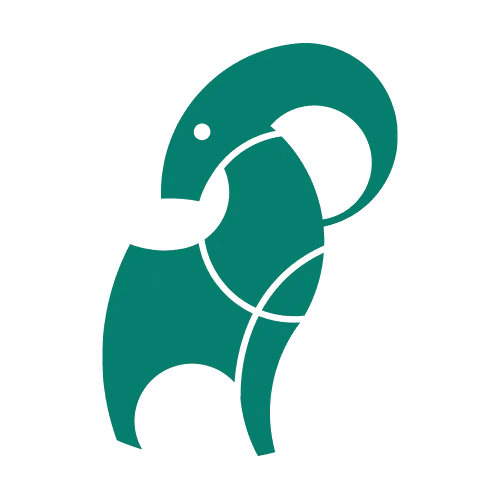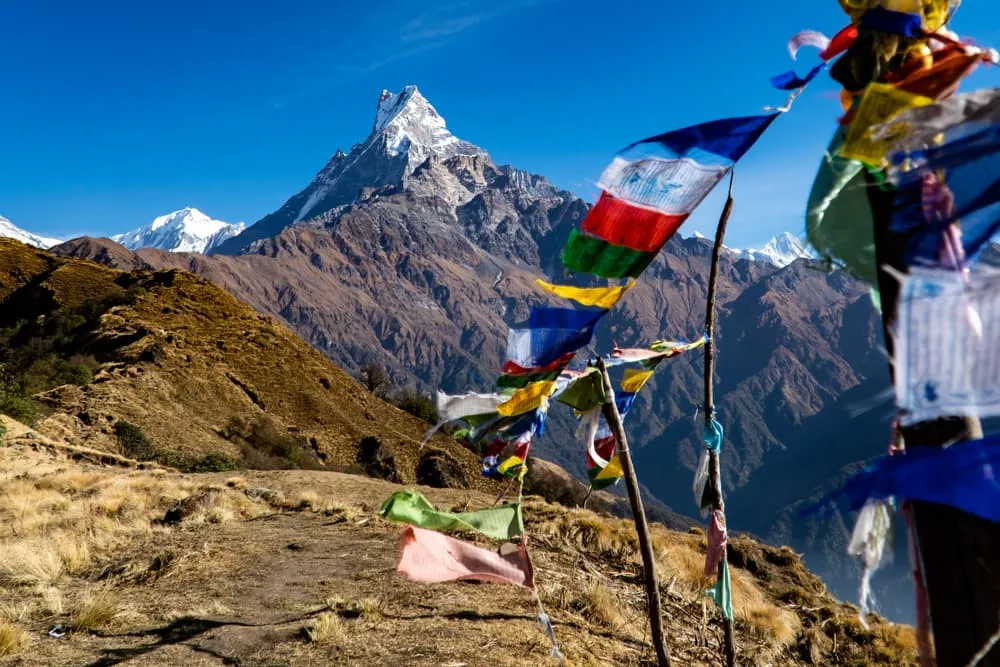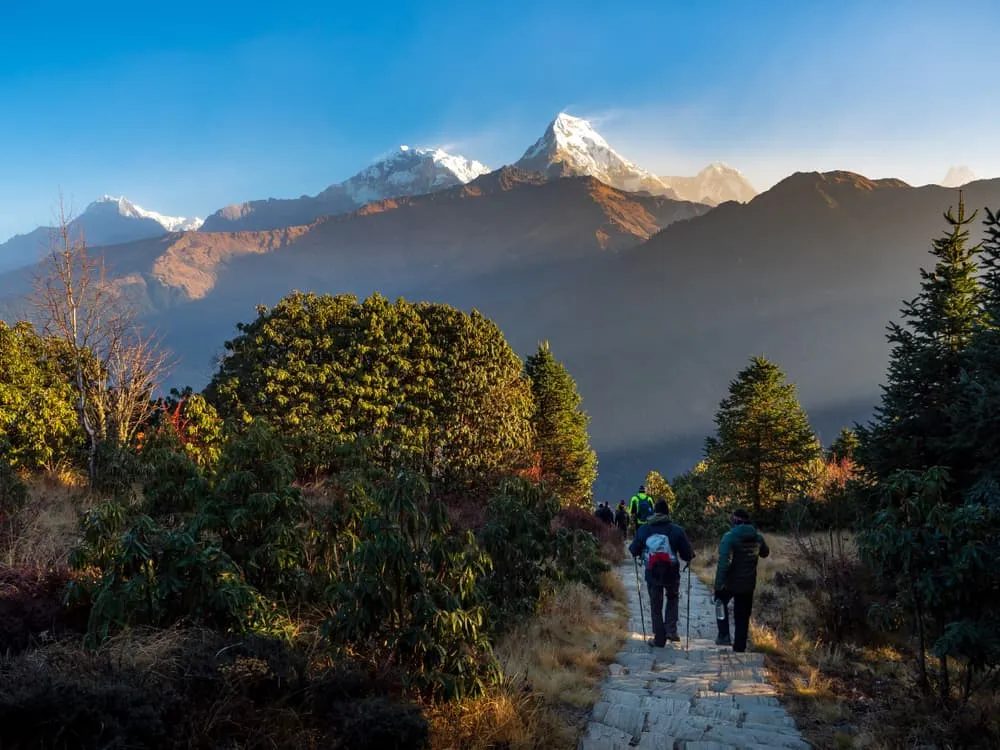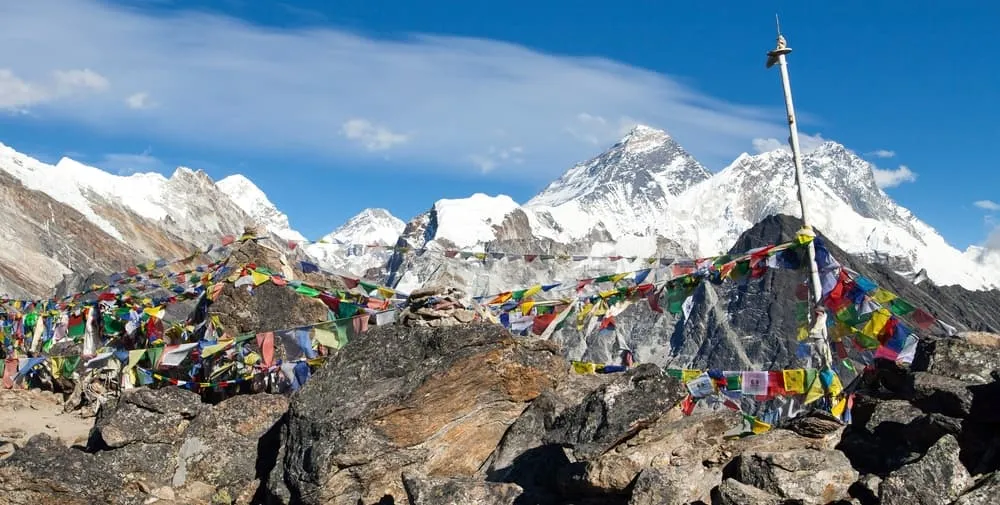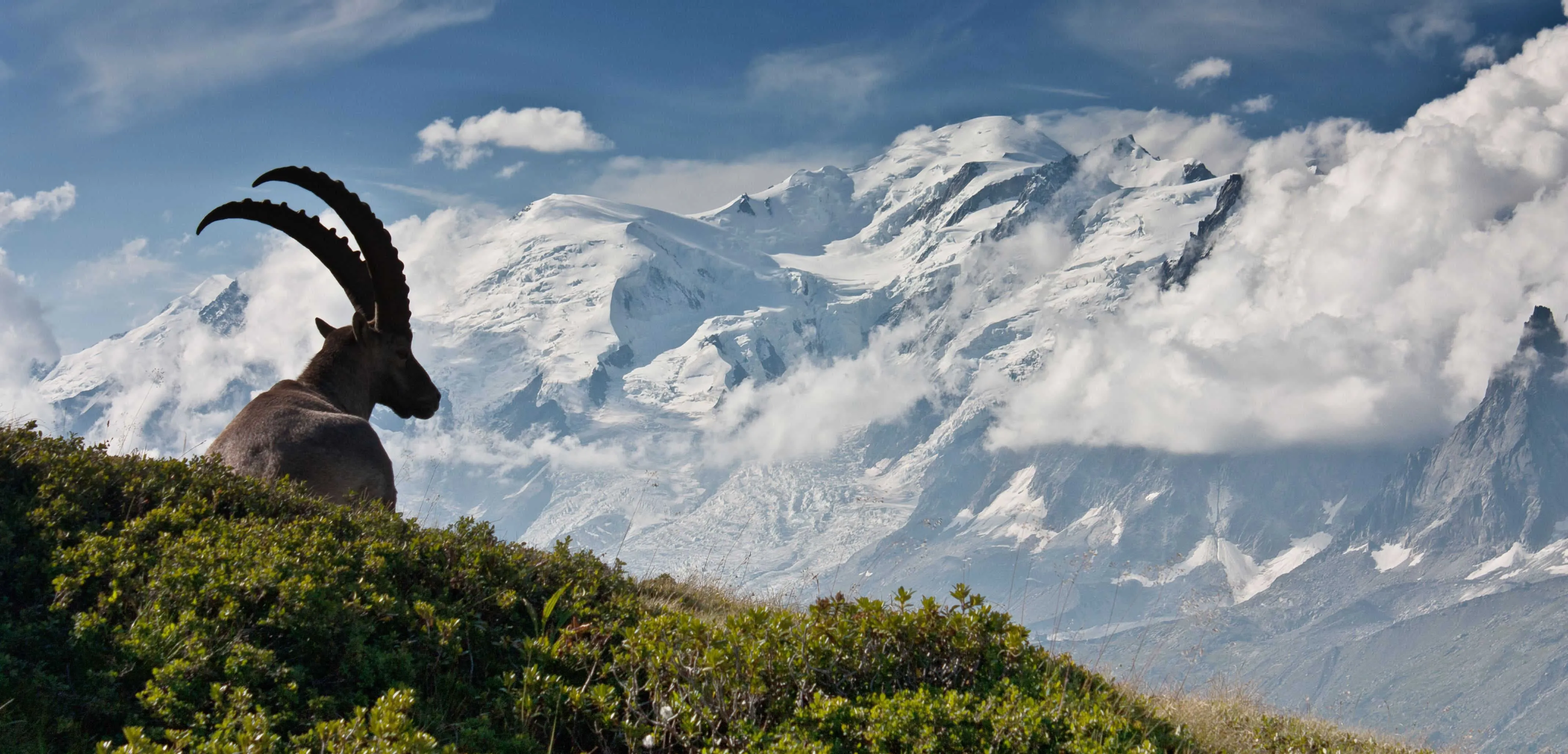> Rhododendron, Bamboo and Pine Forests
> See Langtang Lirung, Ganesh Himal, Shishapangma and other Himalayan giants
> Enjoy the majestic waterfalls
Langtang Valley is a beautiful valley to the north of Kathmandu. The area is sparsely populated and the trails are less trodden. This makes this trek a solitary and peaceful experience amidst beautiful nature and traditional settlements. The route itself is relatively easy and doable for most trekkers. Beautiful rice terraces and a number of ancient monasteries are scattered all along the trail.
The valley is believed to have been discovered when a person was looking for his lost yak. It was accurately named Langtang, as in Tibetan language Lang means “yak” and tang means “follow”. With its picturesque landscapes, moderate climate, easy trails and traditional lifestyles, Langtang Valley is really one of the gems of Nepal. Langtang became a national park in 1976, the first Himalayan national park.
This 8-day Langtang Valley trek offers mind-blowing views of mountains above 7,000m like Langtang Lirung (7,200m), Ganesh Himal (7,600m), Shishapangma (8,027m) and more. The trail ascends all the way to the village of Kyanjin Gompa, from where you could attempt the climb to Tsergo Ri (4985m) and Kyanjin Ri (4,779m).



